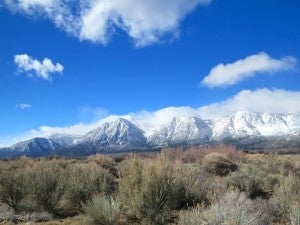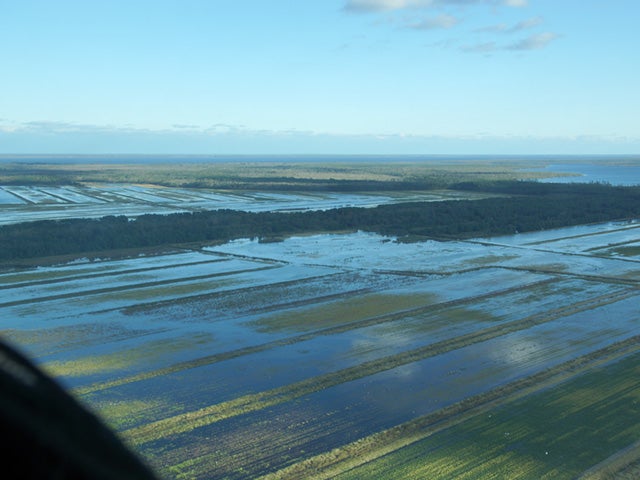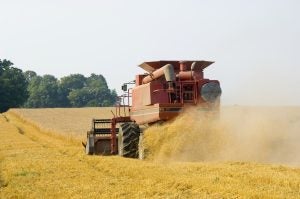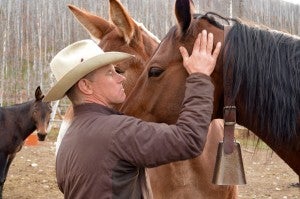
Sagebrush landscape in Carson Valley, Nevada. Photo credit: Flickr user loren chipman.
The presidential election has changed the political landscape both nationally and in the states we work. As we continue to make sense of the changes, what hasn’t changed is the commitment of many state leaders – Republicans and Democrats – to protecting our nation’s treasured landscapes.
In Nevada, the state just made a second wave of funding available to Nevada landowners who enhance and restore high-quality habitat for greater sage-grouse. This funding supplements an initial $1 million made available earlier this year to fund the first four credit projects through the Nevada Conservation Credit System (CCS).
Nevada created the CCS to keep the greater sage-grouse off the Endangered Species List and to provide a robust, efficient mitigation program for industries seeking to offset impacts to the imperiled bird’s habitat. Under the system, landowners sell credits to industries needing to mitigate future disturbances to the bird’s habitat in order to receive permits from the Bureau of Land Management and U.S. Fish and Wildlife Service. Read More













 Many of us spend a considerable amount of time thinking about food – whether it’s deciding what’s for dinner or how healthy something is for our family. Given that I work on food sustainability and am married to a chef, I spend an even more extreme amount of time thinking about food.
Many of us spend a considerable amount of time thinking about food – whether it’s deciding what’s for dinner or how healthy something is for our family. Given that I work on food sustainability and am married to a chef, I spend an even more extreme amount of time thinking about food. Journalist Michael Pollan deserves credit for elevating the national conversation about food. Over the course of 25 years, his articles and books have thoughtfully contemplated the troubling side effects of the American diet and the way our food is produced.
Journalist Michael Pollan deserves credit for elevating the national conversation about food. Over the course of 25 years, his articles and books have thoughtfully contemplated the troubling side effects of the American diet and the way our food is produced.

 I first met Justin Knopf at a meeting in DC about five years ago. At 6’3”, he definitely stood out, but not just physically. He openly conveyed how important his family and his land are – the reason he cares so much about making sure his Kansas farming operation can live on is for his children. It’s rare to meet someone so articulate, sincere and committed to sustainability.
I first met Justin Knopf at a meeting in DC about five years ago. At 6’3”, he definitely stood out, but not just physically. He openly conveyed how important his family and his land are – the reason he cares so much about making sure his Kansas farming operation can live on is for his children. It’s rare to meet someone so articulate, sincere and committed to sustainability.